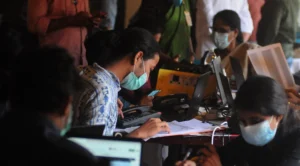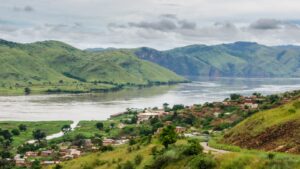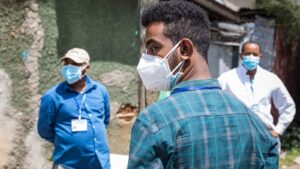EPIDEMICS THAT DIDN'T HAPPEN
Globally, the media continues to focus on what’s going wrong: that the COVID-19 pandemic has dragged on for longer than two years, with more than 600 million cases and more than six million deaths—likely less than half the true toll.1 That in 2022, monkeypox has spread around the world; that polio has been detected in New York and London.2,3 But here’s some encouraging news: although infectious diseases may be inevitable, we have the power to stop them before they spread.
Every day, around the world, public health experts are preventing epidemics.
Epidemics that don’t happen are, by definition, much less visible than those that do. It’s easy to overlook the careful planning and swift, strategic action that go into keeping the world safe from infectious disease threats behind the scenes. It’s easy to lose sight of the progress we have made. But we can learn just as much from our successes as our failures.
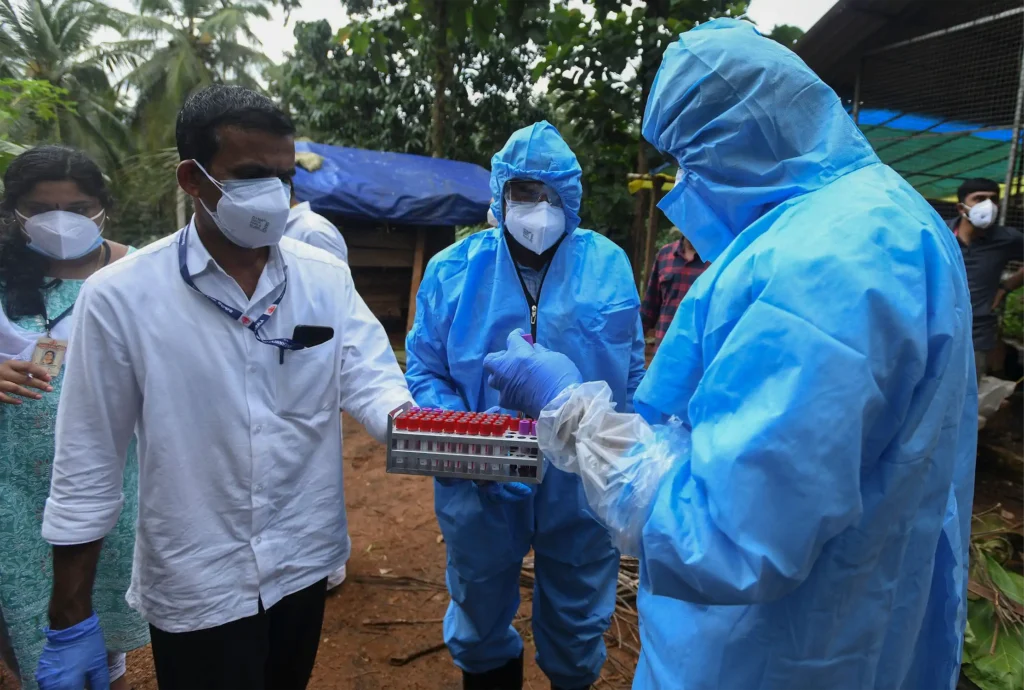
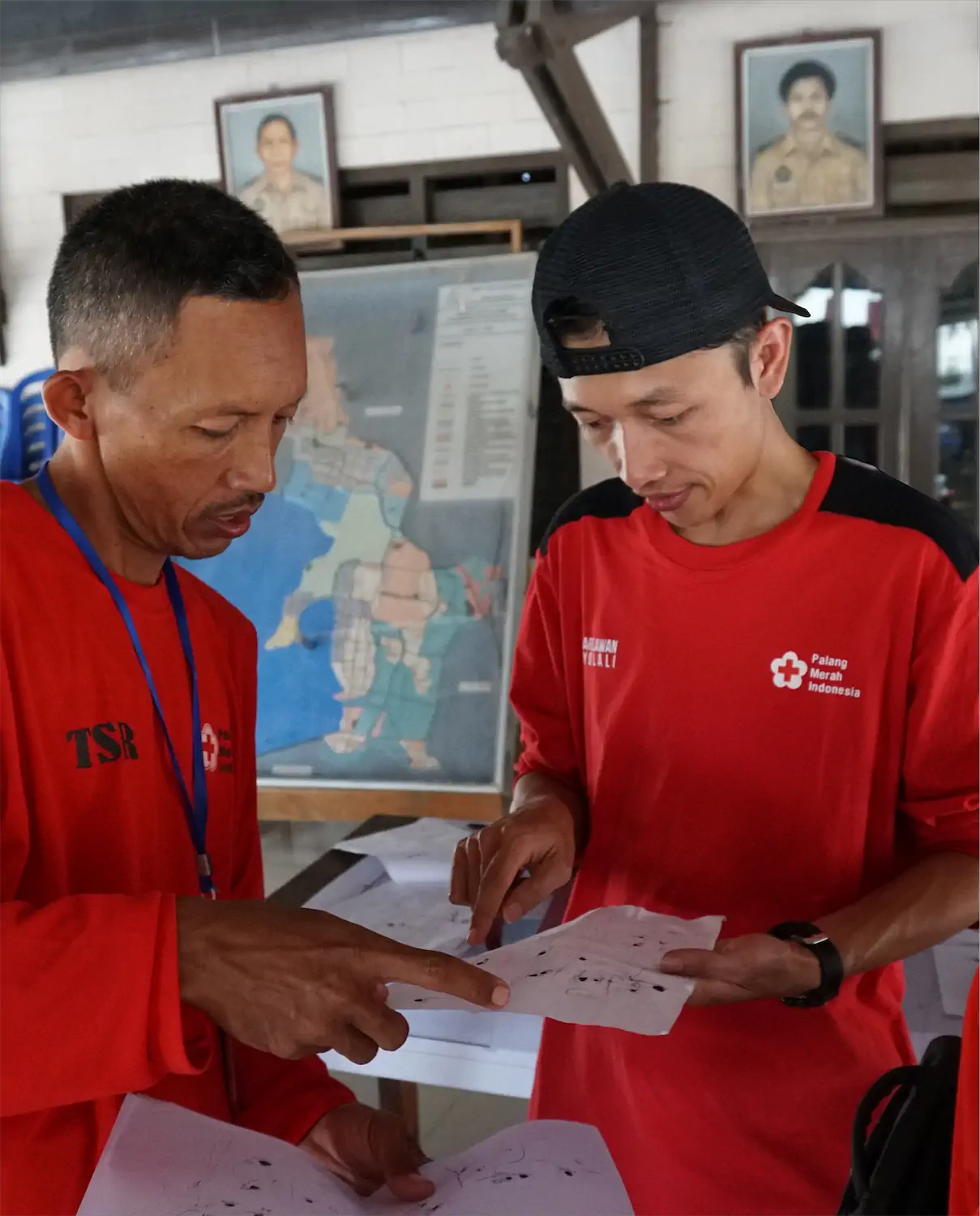
These are just some of the epidemics that didn’t happen. The stories that didn’t make headlines.
Together, these stories show that when we invest in people and systems in partnership with communities, we can stop the spread of disease and save lives. By one estimate, it would take just $124 billion over five years to make the world better prepared for epidemics — much less than the trillions that COVID-19 has cost us. Hitting each milestone in a successful outbreak response — early detection, immediate notification of the appropriate authorities and rapid initiation of early response actions — is an ambitious but achievable goal.
Global health security has been plagued by cycles of panic and neglect, with little effort made to strengthen systems to prevent epidemics when we aren’t staring one down. The wins of preparedness — an absence of epidemics — are not always obvious, and without clear metrics, it’s hard to quantify success and justify investment.
But these stories — along with those from the first edition of this report — are a testament to the power of preparedness. They demonstrate, quite simply, that preparedness works.
Some common themes emerge throughout this report:
Speed is essential. How quickly an outbreak is detected and responded to can mean the difference between an outbreak that is contained and one that spreads unchecked. A start-to-end assessment of timeliness—how quickly a public health system detects and responds to disease threats—is an optimal measure of performance.
Well-coordinated action at the local level is crucial to preventing epidemics. Outbreaks begin and end in communities. Local efforts, supported by subnational and national public health bodies, are the building blocks for a world that is better prepared for the next epidemic.
Community engagement pays off. Communities that trust the health system are more likely to report a problem and to work with officials to contain outbreaks. People are more likely to believe in a health system that is equitable and accessible.
Health care workers need to be trained, supported and provided with access to resources and assistance to stop epidemics. Community health workers and health facility staff are at the front lines of outbreak detection. Their quick recognition of threats and alerting district and national health authorities are the first steps to kickstarting a response that will prevent an outbreak from becoming an epidemic.
The bottom line is: when countries prepare consistently and act decisively, they can prevent epidemics.
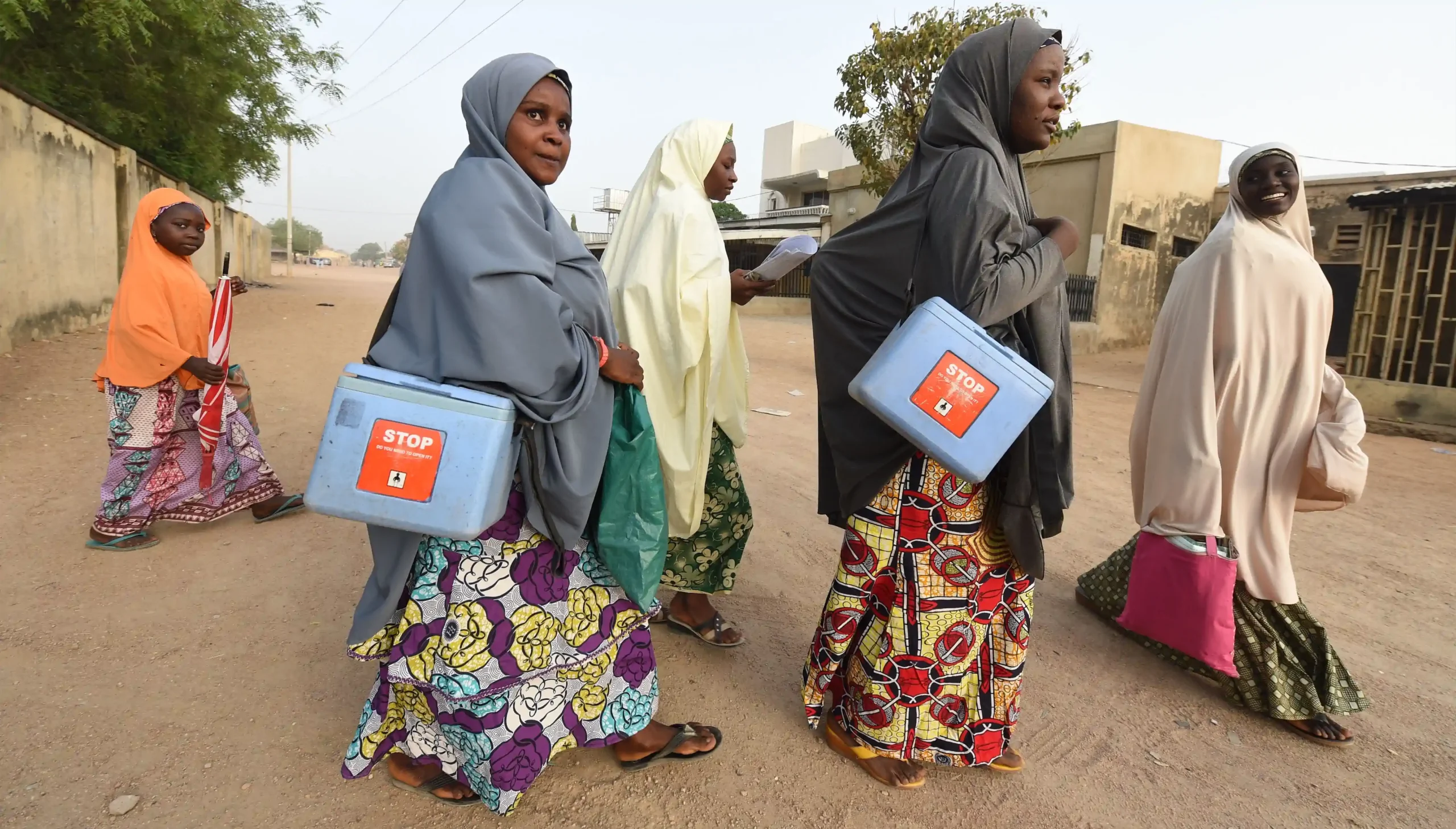
THESE ARE A FEW OF THE EPIDEMICS THAT DIDN’T HAPPEN IN 2021:
FIRST EDITION
References
- Ritchie H, Mathieu E, Rodés-Guirao L, et al. (2020). Coronavirus Pandemic (COVID-19) Cases. Our World in Data. https://ourworldindata.org/covid-cases
- World Health Organization. (2022). Monkeypox Outbreak 2022 — Global. https://www.who.int/emergencies/situations/monkeypox-oubreak-2022
- McKenna M. (2022, August 24). Polio Is Back in the US and UK. Here’s How That Happened. Wired. https://www.wired.com/story/polio-is-back-in-the-us-and-uk-heres-how-that-happened/
